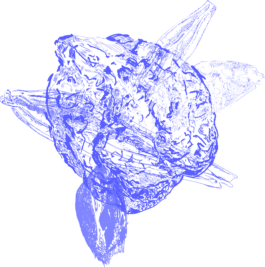togano wheat
Family: Poaceae
Genus: Triticum
Type species: Triticum aestivum
Variety: Togano
Spring variety
In summer 2021, I did a two-month research residency in Lyon (South-East of France) with the Roger Tator Gallery, Factatory. In this context, I was able to visit Daniel's organic farm in the small village of Châteaudouble (Drôme).
He gave me two types of wheat varieties that he uses to make his bread for many years: the Darius and the Togano wheats
Those seeds were sown amongst others at Ekkm in April 2022. These are the ones you are looking at right now, if you are in the Ekkm garden !
The Togano wheat has awns (it’s a hair- or bristle-like appendage on a larger structure, or a stiff needle-like element of the pappus.). It is sometimes planted at the edge of fields to avoid damage because these long stems tickle the boars and prevent them from progressing.
PEASANT-BAKER
Daniel is a peasant-baker.
Peasant bakers are autonomous: they grow their own seeds, mills their cereals, make them into flour which they use to bake bread. They then sell their products either directly at the farm or at the market. (fig. 1 - fig. 4)
PEASANT SEEDS
According to the Réseau Semences Paysannes (a french collective born in 2003, involved in the promotion of organic and peasant agriculture.), Peasant seeds (or heirloom seeds) are reproducible and non-appropriable by a property title, they are sown and resown according to the exchanges between the farmers and gardeners who cultivate them. Their characteristics make them essential to adapt to the diversity and variability of soils, climates, farming practices and human needs. (fig. 5 - fig. 6)
I like to work with peasant seeds in my installations because they revoke the idea of an intensive production model and a standardization of forms and tastes. It symbolises one of the forms of counter-power to industrial agriculture and proposes a freer form of production, where farmers are the decision makers of what will grow in their fields. (fig. 7 - fig. 8)
WORLDWIDE WHEAT PRODUCTION
Common wheat (Triticum aestivum), also known as bread wheat, is a cultivated wheat species. About 95% of wheat produced worldwide is common wheat; it is the most widely grown of all crops and the cereal with the highest monetary yield. There are also durum wheat (T. durum), and club wheat (T. compactum). The majority of wheat flour is used to make products including bread, pasta, cereal, pastries, cookies, crackers, muffins, tortillas, and pitas.
Wheat is the second-most-produced cereal grain behind maize, and the global trade of wheat is greater than all other crops combined. In 2020, the total global production of wheat was 760 million tons. China, India, and Russia are the three largest individual wheat producers in the world, accounting for about 41% of the world’s total wheat production. The United States is the fourth-largest individual wheat producer in the world. However, the European Union, if it were counted as a single country, its wheat production would exceed that of any country except China. (fig. 9)
TOP 10 WHEAT
PRODUCING COUNTRIES*
(in tons of wheat produced 2020)*
1. China — 134,254,710
2. India — 107,590,000
3. Russia — 85,896,326
4. United States — 49,690,680
5. Canada — 35,183,000
6. France — 30,144,110
7. Pakistan — 25,247,511
8. Ukraine — 24,912,350
9. Germany — 22,172,100
10. Turkey — 20,500,000
* As mentioned, the EU’s production of 126,658,950 tons would rank 2nd if it were a single country.
THE IMPACT OF RUSSIA'S 2022 INVASION OF UKRAINE ON GLOBAL WHEAT PRODUCTION
Russia and Ukraine together account for nearly 30% of the global wheat trade. As a result, Russia’s 2022 military invasion of the Ukraine sent global wheat prices soaring, with Ukraine’s production ability compromised and many countries restricting or shutting down trade relations with Russia. Russia is also a major supplier of fertilizer, which is vital to maximizing crop yields, which adds another layer of complication for farmers.
Source: https://worldpopulationreview.com/country-rankings/wheat-production-by-country
According to the Food and Agriculture Organization of the UN (FAO), fifty countries rely on Russia and Ukraine for at least thirty percent of their wheat imports. In the Middle East and North Africa (MENA), these countries include Lebanon, Egypt, Libya, Oman, Saudi Arabia, Yemen, Tunisia, Iran, Jordan, and Morocco. (fig. 10 - fig. 11)
For centuries, Ukraine has been known as “the breadbasket of Europe.” Ukraine is home to around a quarter of the world’s super-fertile “chernozem” or “black soil.”
Against the Grain, 2022 -
In-situ installation, EKKM, Tallinn
Surface approx. 60 m2, 35 tons of topsoil
Field sown with twelve types of bread cereals from wheat, rye, oats, barley, lentil, chickpea, certified and farmer (heirloom) seeds from Estonia, Lithuania and France
Project by Gisèle Gonon
Graphic Design by Robin Siimann
Go to the next seed to get more infos :)
Grain of wheat, digital drawing, Gisèle Gonon, 2022
Ears of wheat, digital drawing, Gisèle Gonon, 2022
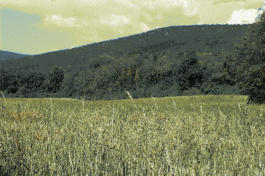
(fig. 1) Wheat fields (Togano and Darius Wheat Varieties)
Châteaudouble, France, July 2021
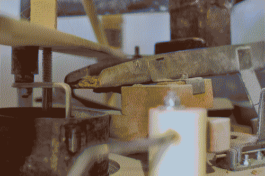
(fig. 2) close-up of the Millstones, at Daniel's, peasant baker
Châteaudouble, France, July 2021
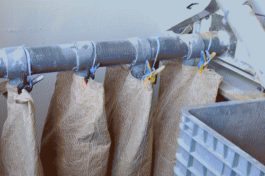
(fig. 3) freshly ground flour, at Daniel's, peasant baker
Châteaudouble, France, July 2021
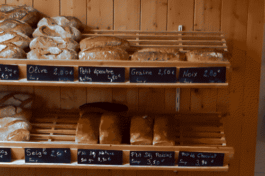
(fig. 4) Daniel's bakery, direct Farm Sales, Châteaudouble, France, July 2021
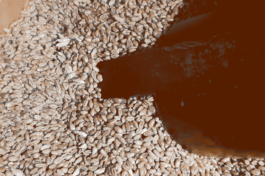
(fig. 5)
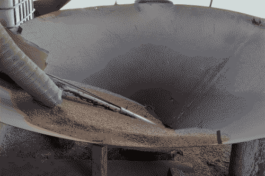
(fig. 6 & 5) Grains and grain auger, at Daniel's, peasant baker
Châteaudouble, France, July 2021
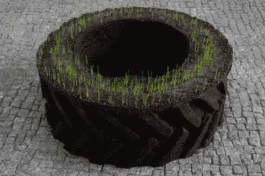
(fig. 7) heirloom v2
soil, seeds, 105 x 18 x 40 cm, 2020
Peasant seeds of wheat and oats from Lithuania
Exhibition views ‘(working title)’, gr_und, Berlin, Photo: Philippe Gerlach, 2020
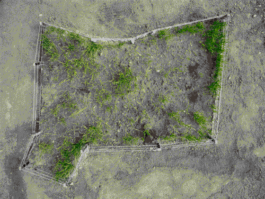
(fig. 8) Le pré du Cheval (The horse’s meadow)
Soil, agricultural blue twine, peasant seeds of wheat and oats from Lithuania
200 x 110 x 20 cm, 2021
views of the installation, Factatory - Tator Gallery, Lyon. Photos: Fantin Ravel, 2021
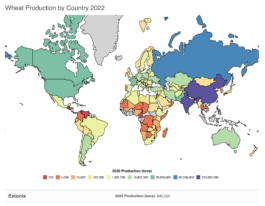
(fig. 9) Source: https://worldpopulationreview.com/
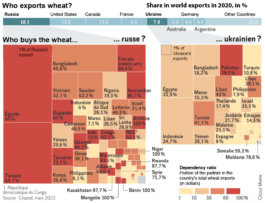
(fig. 10) Source: https://www.monde-diplomatique.fr/cartes/ble-russe-ukrainien
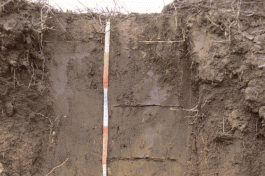
(fig. 11) Section of a chernoziom in Ukraine.
togano wheat
Family: Poaceae
Genus: Triticum
Type species: Triticum aestivum
Variety: Togano
Spring variety
In summer 2021, I did a two-month research residency in Lyon (South-East of France) with the Roger Tator Gallery, Factatory.
In this context, I was able to visit Daniel's organic farm in the small village of Châteaudouble (Drôme).
He gave me two types of wheat varieties that he uses to make his bread for many years: the Darius and the Togano wheats
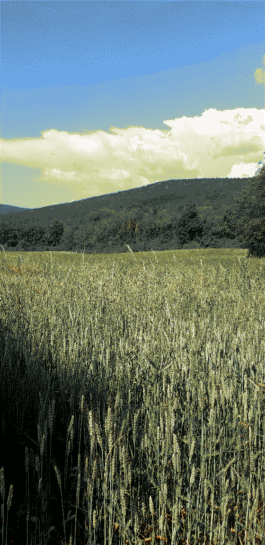
Wheat fields (Togano and Darius Wheat Varieties), Châteaudouble, France, July 2021
Those seeds were sown amongst others at Ekkm in April 2022. These are the ones you are looking at right now, if you are in the Ekkm garden !
The Togano wheat has awns (it’s a hair- or bristle-like appendage on a larger structure, or a stiff needle-like element of the pappus.). It is sometimes planted at the edge of fields to avoid damage because these long stems tickle the boars and prevent them from progressing.
Grain and Ear of wheat, digital drawings, Gisèle Gonon, 2022
PEASANT-BAKER
Daniel is a peasant-baker.
Peasant bakers are autonomous: they grow their own seeds, mills their cereals, make them into flour which they use to bake bread. They then sell their products either directly at the farm or at the market.

close-up of the Millstones, at Daniel's, peasant baker at Châteaudouble, France, July 2021
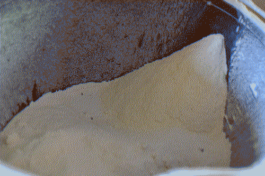
freshly ground flour, at Daniel's, peasant baker at Châteaudouble, France, July 2021

bagging of flour, at Daniel's, peasant baker at Châteaudouble, France, July 2021
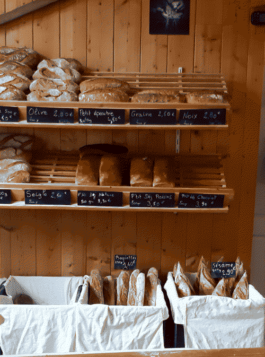
Daniel's bakery, direct Farm Sales, Châteaudouble, France, July 2021
PEASANT SEEDS
According to the Réseau Semences Paysannes (a french collective born in 2003, involved in the promotion of organic and peasant agriculture.), Peasant seeds (or heirloom seeds) are reproducible and non-appropriable by a property title, they are sown and resown according to the exchanges between the farmers and gardeners who cultivate them. Their characteristics make them essential to adapt to the diversity and variability of soils, climates, farming practices and human needs.
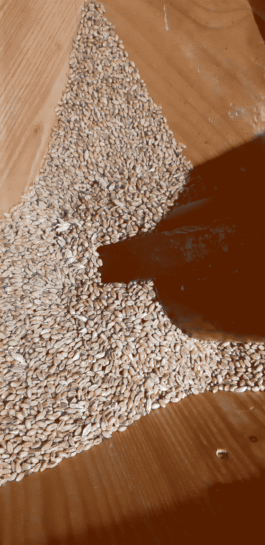

Grains and grain auger, at Daniel's, peasant baker at Châteaudouble, France, July 2021
I like to work with peasant seeds in my installations because they revoke the idea of an intensive production model and a standardization of forms and tastes. It symbolises one of the forms of counter-power to industrial agriculture and proposes a freer form of production, where farmers are the decision makers of what will grow in their fields.

heirloom v2
soil, seeds, 105 x 18 x 40 cm, 2020
Peasant seeds of wheat and oats from Lithuania
Exhibition views ‘(working title)’, gr_und, Berlin, Photo: Philippe Gerlach, 2020

Le pré du Cheval (The horse’s meadow)
Soil, agricultural blue twine, peasant seeds of wheat and oats from Lithuania, 200 x 110 x 20 cm, 2021
views of the installation, Factatory - Tator Gallery, Lyon. Photos: Fantin Ravel, 2021
WORLDWIDE WHEAT PRODUCTION
Common wheat (Triticum aestivum), also known as bread wheat, is a cultivated wheat species. About 95% of wheat produced worldwide is common wheat; it is the most widely grown of all crops and the cereal with the highest monetary yield. There are also durum wheat (T. durum), and club wheat (T. compactum). The majority of wheat flour is used to make products including bread, pasta, cereal, pastries, cookies, crackers, muffins, tortillas, and pitas.
Wheat is the second-most-produced cereal grain behind maize, and the global trade of wheat is greater than all other crops combined. In 2020, the total global production of wheat was 760 million tons. China, India, and Russia are the three largest individual wheat producers in the world, accounting for about 41% of the world’s total wheat production. The United States is the fourth-largest individual wheat producer in the world. However, the European Union, if it were counted as a single country, its wheat production would exceed that of any country except China.

Source: https://worldpopulationreview.com/
TOP 10 WHEAT PRODUCING COUNTRIES*
(in tons of wheat produced 2020)*
1. China — 134,254,710
2. India — 107,590,000
3. Russia — 85,896,326
4. United States — 49,690,680
5. Canada — 35,183,000
6. France — 30,144,110
7. Pakistan — 25,247,511
8. Ukraine — 24,912,350
9. Germany — 22,172,100
10. Turkey — 20,500,000
* As mentioned, the EU’s production of 126,658,950 tons would rank 2nd if it were a single country.
THE IMPACT OF RUSSIA'S 2022 INVASION OF UKRAINE ON GLOBAL WHEAT PRODUCTION
Russia and Ukraine together account for nearly 30% of the global wheat trade. As a result, Russia’s 2022 military invasion of the Ukraine sent global wheat prices soaring, with Ukraine’s production ability compromised and many countries restricting or shutting down trade relations with Russia. Russia is also a major supplier of fertilizer, which is vital to maximizing crop yields, which adds another layer of complication for farmers.
Source: https://worldpopulationreview.com/country-rankings/wheat-production-by-country
According to the Food and Agriculture Organization of the UN (FAO), fifty countries rely on Russia and Ukraine for at least thirty percent of their wheat imports. In the Middle East and North Africa (MENA), these countries include Lebanon, Egypt, Libya, Oman, Saudi Arabia, Yemen, Tunisia, Iran, Jordan, and Morocco.

Source: https://www.monde-diplomatique.fr/cartes/ble-russe-ukrainien
For centuries, Ukraine has been known as “the breadbasket of Europe.” Ukraine is home to around a quarter of the world’s super-fertile “chernozem” or “black soil.”

Section of a chernoziom in Ukraine.
Against the Grain, 2022 -
In-situ installation, EKKM, Tallinn
Surface approx. 60 m2, 35 tons of topsoil
Field sown with twelve types of bread cereals from wheat, rye, oats, barley, lentil, chickpea, certified and farmer (heirloom) seeds from Estonia, Lithuania and France
Project by Gisèle Gonon
Graphic Design by Robin Siimann
Go to the next seed and scan the corresponding code to get more infos :)
